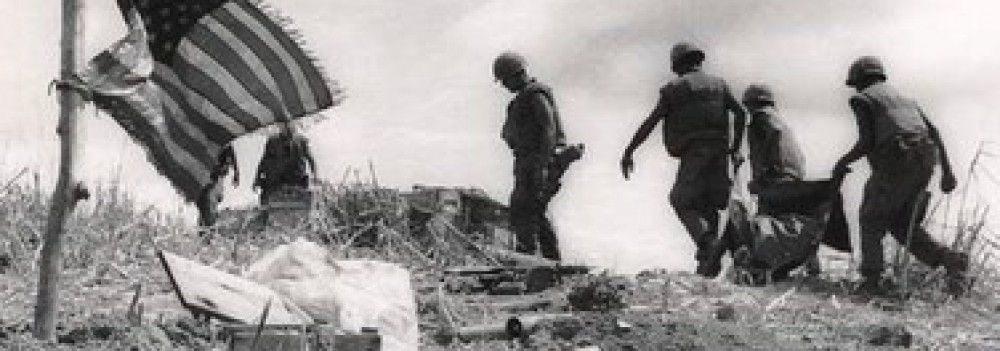Operational Summary
During the reporting period, the assigned mission of the battalion in Operation Cumberland Area remained unchanged. Early in the month, the Commanding General, 3rd Marine Division (rein), directed that the battalion develop a plan for the defense of the MCB-3 Rock Crusher and Pontoon Bridge, to become effective with the termination of Operation Cumberland. The Rock Crusher is expected to be operational on a twenty-four-hour basis during the monsoon season, in support of the requirements of maintaining the traffic ability of National #1. A defensive plan for the aforementioned complex was submitted and approved by the 3rd Marine Division on 15 August.
Enemy activity in the Cumberland Area during the reporting period was sporadic and characterized by small groups of VC (5 to 10 men) utilizing harassing tactics against convoys, to include emplacing mines and booby traps. Tactical innovations were developed and employed in an attempt to counteract this enemy activity and included new employment techniques for infantry, artillery, engineers, and air support to also include the utilization of Sniper and Scout Dog Teams.
A recommended reduction of the larger No Fire Zone encompassing the Southeast portion of the Cumberland Area was submitted to the 3rd Marine Division and approved.
The battalion continued a comprehensive daytime and nighttime operational schedule commensurate with the availability of troops not committed to the security requirements at the Rock Crusher, Pontoon Bridge, Fire Support Base (FSB) and scheduled convoys. These activities included several company-sized searches and destroy operations. Extensive day and night patrolling (to include ambushes), utilization of 3rd Recon Bn units and several combined US/ARVN/PF-RF operations within and adjacent to our area of operations.
The loss of the MCB-3 Security Platoon at the Rock Crusher necessitated moving an infantry platoon from the Fire Support Base (FSB) to the Rock Crusher.
Nighttime activities were increased and emphasized toward the end of the month (as directed by higher headquarters) in an effort to thwart enemy infiltration of populated areas (Nam Hoa), in support of the pending national election (September 3, 1967).
The battalion received three Starlight scopes, which were used to supplement nighttime activities. One battery of U.S. Army 175mm guns was withdrawn from the FSB, with one battery remaining for interdicting missions of the Ashau Valley.
